Millet is a grain that has been consumed for thousands of years and is gaining popularity as a nutritious and gluten-free alternative to wheat and other grains. Millet comes in various forms, including grain and flour, and is rich in essential nutrients that benefit our overall health. In this article, we will explore the different types of millet, their nutritional profiles, and the benefits of incorporating them into your diet.
What is Millet?
Millet is a small-seeded grass that has been cultivated for thousands of years and is grown in many parts of the world. It is a versatile grain that can be used in everything from cereals and bread to puddings and stews. The grain form of millet looks similar to quinoa and couscous, although it is much smaller in size. Millet has a mild, nutty flavor and a slightly chewy texture that makes it an excellent ingredient in many recipes.
Types of Millet
There are several types of millet available, including pearl millet, finger millet, foxtail millet, proso millet, and barnyard millet. Each type of millet has its distinct flavor, texture, and nutritional content. Pearl millet is the most commonly consumed type of millet and is known to have the highest nutritional value of all the millet varieties.
Finger millet, also known as Ragi, is a type of millet that is widely consumed in India and Africa. It has a rich, nutty flavor and is a good source of protein, fiber, and minerals. Foxtail millet, on the other hand, is a popular grain in China and is used to make porridge, bread, and noodles. It is rich in antioxidants and is a good source of protein and fiber.
Proso millet, also known as white millet, is a small, round grain that is commonly used in birdseed. However, it is also a nutritious food for humans and is a good source of protein, fiber, and minerals. Barnyard millet, also known as Japanese millet, is a type of millet that is commonly used in animal feed. However, it is also a nutritious food for humans and is a good source of protein, fiber, and minerals.
Nutritional Profile of Millet
Millet is a nutrition powerhouse. It is packed with essential vitamins, minerals, and antioxidants that contribute to our overall health. A one-cup serving of cooked millet contains:
- Protein: 6 grams
- Fiber: 2 grams
- Fat: 1 gram
- Carbohydrates: 41 grams
- Calcium: 2% of the Daily Value (DV)
- Iron: 8% of the DV
- Magnesium: 20% of the DV
- Phosphorus: 16% of the DV
- Potassium: 4% of the DV
- Zinc: 6% of the DV
Millet is also a good source of B vitamins, including thiamin, niacin, and riboflavin. These vitamins are essential for maintaining good health and can help prevent a range of health problems, including heart disease, stroke, and dementia.
Additionally, millet is gluten-free, making it an excellent choice for people with celiac disease or gluten intolerance. It is also low in calories and has a low glycemic index, making it a good choice for people who are trying to lose weight or manage their blood sugar levels.
In conclusion, millet is a versatile and nutritious grain that can be used in a variety of recipes. Whether you are looking for a gluten-free alternative to wheat or simply want to add more variety to your diet, millet is an excellent choice.
Health Benefits of Millet
Consuming millet regularly offers many health benefits. Here are some of the reasons why you should add millet to your diet:
Rich in Nutrients and Antioxidants
Millet is a powerhouse of essential vitamins and minerals that are crucial for maintaining good health. It is a good source of magnesium, which plays a vital role in various bodily functions, including bone health, heart health, and energy production. Magnesium also helps regulate blood sugar levels and promotes healthy nerve function.
Moreover, millet is loaded with antioxidant compounds that protect the body against free radicals and oxidative stress. These antioxidants help prevent cellular damage and lower the risk of chronic diseases such as cancer, diabetes, and heart disease.
Supports Digestive Health
Millet is a great food for promoting healthy digestion. It is an excellent source of dietary fiber that helps regulate bowel movements and prevent constipation. The insoluble fiber in millet adds bulk to the stool, which helps move food through the digestive tract more quickly and efficiently.
In addition to this, millet contains prebiotics that feed the healthy bacteria in our gut, promoting gut health and immune function. These prebiotics help increase the number and diversity of beneficial gut bacteria, which in turn helps reduce inflammation and improve overall digestive health.
Aids in Weight Management
Millet is a low-calorie, low-fat food that is perfect for weight management. It is high in fiber, which helps you feel full for longer and reduces overall calorie intake. Millet is also a low glycemic index food that helps maintain stable blood sugar levels, preventing sudden cravings and hunger pangs.
Incorporating millet into your diet can help you maintain a healthy weight and reduce the risk of obesity, which is a major risk factor for many chronic diseases, including heart disease, diabetes, and cancer.
Helps Maintain Heart Health
Millet is a heart-healthy food that can help lower the risk of heart disease. It is rich in several heart-healthy nutrients, including magnesium, potassium, and fiber. These nutrients help regulate blood pressure, reduce inflammation, and improve overall heart health.
Additionally, millet is a good source of essential fatty acids, which help maintain healthy cholesterol levels in the body. These fatty acids help reduce the risk of atherosclerosis, a condition in which fatty deposits build up in the arteries and increase the risk of heart attack and stroke.
Boosts Immune System
Millet is a great food for boosting the immune system. It is rich in antioxidants and immune-boosting nutrients, such as vitamins C and E, zinc, and selenium. These nutrients help protect the body against infection and disease and promote overall immune function.
Additionally, millet contains phytonutrients that have anti-inflammatory properties. These phytonutrients help reduce inflammation in the body, which is a major contributor to many chronic diseases.
Incorporating millet into your diet can help boost your immune system and reduce the risk of infections, allergies, and other immune-related disorders.
Millet Flour: A Gluten-Free Alternative
Millet flour is an excellent gluten-free alternative to wheat flour for those with gluten sensitivities or celiac disease. Here are some of the benefits of using millet flour:
Benefits for Those with Celiac Disease
Celiac disease is an autoimmune disorder in which the body's immune system attacks the digestive system when gluten is consumed. Millet flour is naturally gluten-free, making it an ideal food for those with celiac disease or gluten intolerance.
Advantages for Gluten Sensitivity
Even those who do not have celiac disease can be sensitive to gluten, a protein found in wheat and other grains. Using millet flour in place of wheat flour can help reduce inflammation, bloating, and other symptoms associated with gluten sensitivity.
How to Use Millet Flour in Baking
Millet flour can be used in a variety of baking recipes, including bread, muffins, and cakes. When using millet flour in baking, it is essential to keep in mind that it does not contain gluten, which affects the texture and structure of baked goods. In most cases, millet flour works best when paired with other gluten-free flours, such as rice flour or tapioca flour.
Cooking with Millet Grain
Millet grain is a versatile ingredient that can be cooked and used in various recipes. Here are some tips on how to cook with millet grain:
How to Cook Millet
Millet can be cooked in a 2:1 ratio of water to millet, similar to rice. First, rinse the millet in a fine strainer or sifter and then transfer it to a pot with the water. Bring the mixture to a boil, then reduce the heat to low and cover the pot. Allow the millet to simmer for 20-25 minutes or until all of the water is absorbed. Fluff the millet with a fork and serve.
Millet Recipes for Breakfast, Lunch, and Dinner
There are many ways to incorporate millet into your meals. Here are some recipes to get you started:
Millet Porridge
- 1 cup millet grain
- 3 cups water
- 1 cinnamon stick
- 1/4 teaspoon salt
- 1/4 cup milk or non-dairy milk
- 1 tablespoon honey or maple syrup
Directions:
- Rinse the millet and transfer it to a pot with the water, cinnamon stick, and salt. Bring the mixture to a boil, then reduce the heat and cover the pot.
- Simmer the millet for 20-25 minutes or until tender and all of the water is absorbed.
- Stir in the milk and sweetener of your choice, then serve warm.
Millet Salad
- 1 cup cooked millet
- 1/2 cup diced cucumber
- 1/2 cup diced red bell pepper
- 1/4 cup diced red onion
- 1/4 cup chopped fresh parsley
- 2 tablespoons olive oil
- 1 tablespoon lemon juice
- Salt and pepper, to taste
Directions:
- Add the cooked millet and diced vegetables to a large bowl.
- In a separate bowl, whisk together the olive oil, lemon juice, salt, and pepper to make the dressing.
- Pour the dressing over the millet salad and toss to combine.
- Refrigerate for at least 30 minutes before serving.
Millet and Vegetable Stir Fry
- 1 cup cooked millet
- 1 cup chopped mixed vegetables (such as carrots, bell peppers, and broccoli)
- 1 tablespoon sesame oil
- 1 tablespoon soy sauce or tamari
- 1 tablespoon rice vinegar
- 1 garlic clove, minced
Directions:
- Heat the sesame oil in a large skillet over medium-high heat.
- Add the chopped vegetables and sauté for 5-7 minutes or until tender.
- Stir in the cooked millet, soy sauce, rice vinegar, and minced garlic and toss to combine.
- Cook for an additional 2-3 minutes or until heated through.
- Serve hot.
Storing and Preserving Millet
Whole millet grain should be stored in an airtight container in a cool, dry place, away from sunlight. Millet flour should be stored in the refrigerator or freezer to prevent spoilage. Cooked millet can be stored in the refrigerator for up to three days or frozen for up to three months.
Conclusion
Millet grain and flour offer many health benefits, including supporting digestion, maintaining heart health, boosting immune function, aiding in weight management, and providing essential nutrients and antioxidants. Whether you are looking for a gluten-free alternative to wheat flour or a versatile grain to incorporate into your meals, millet is an excellent choice. Try some of the millet recipes shared in this article and enjoy the many benefits of this nutritious grain!
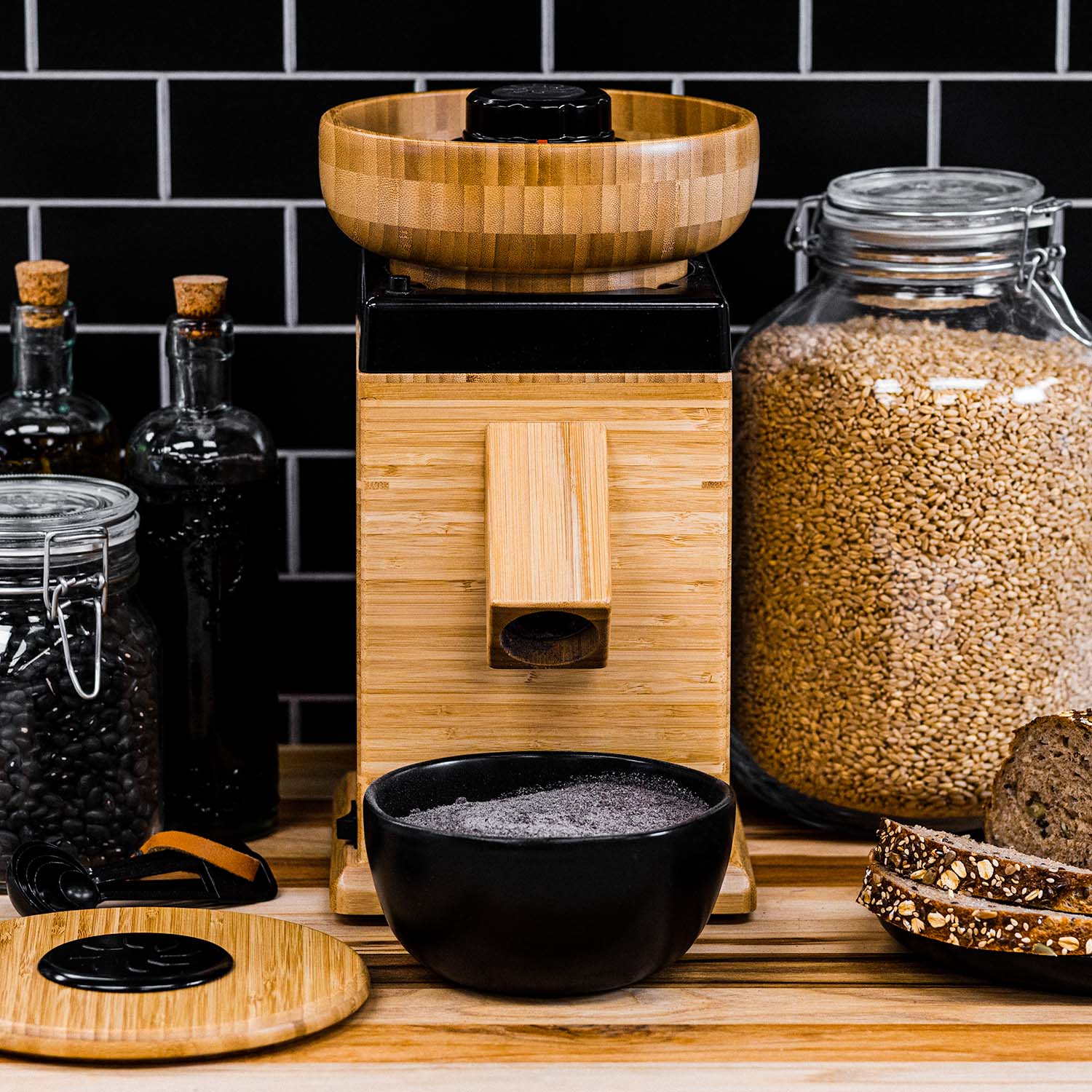
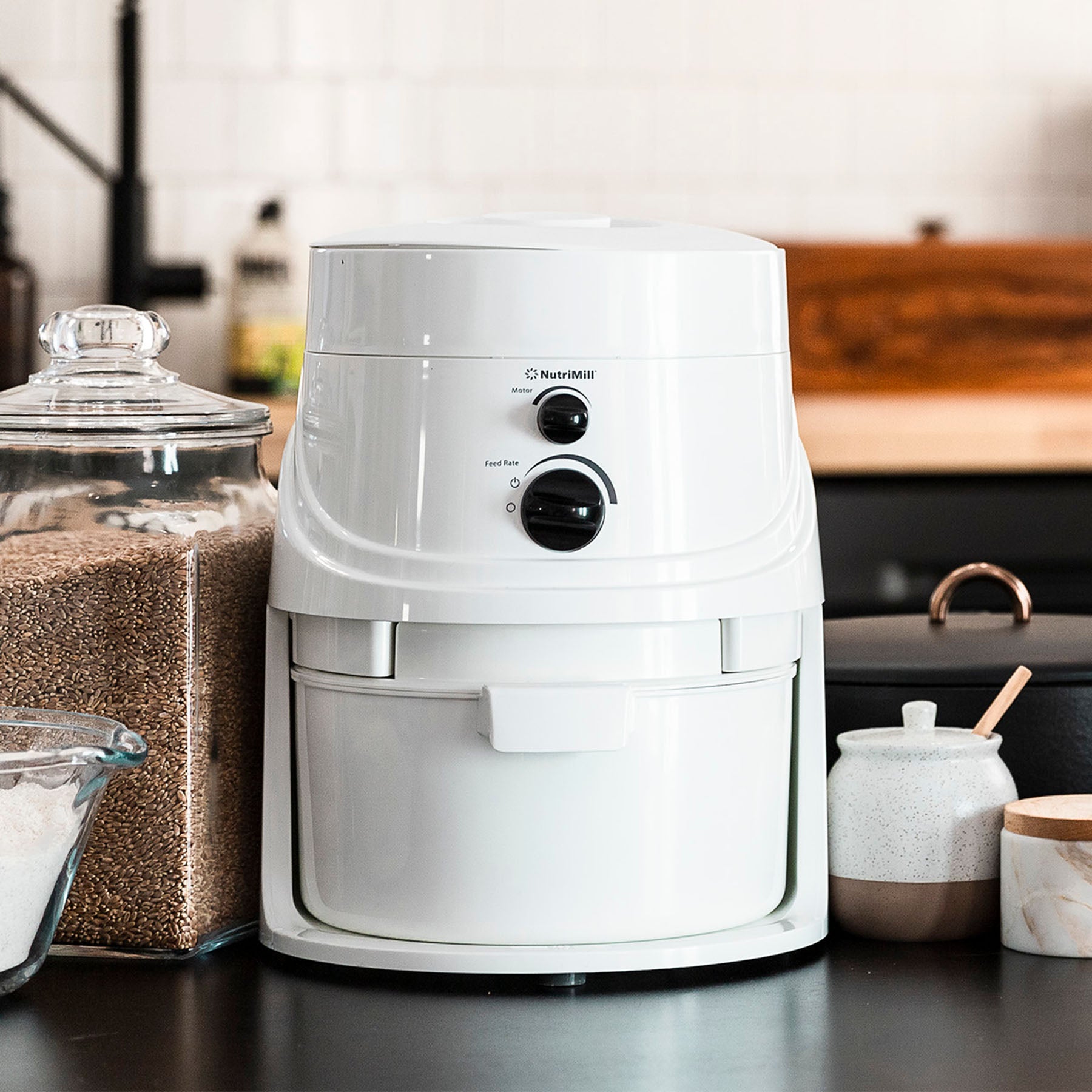
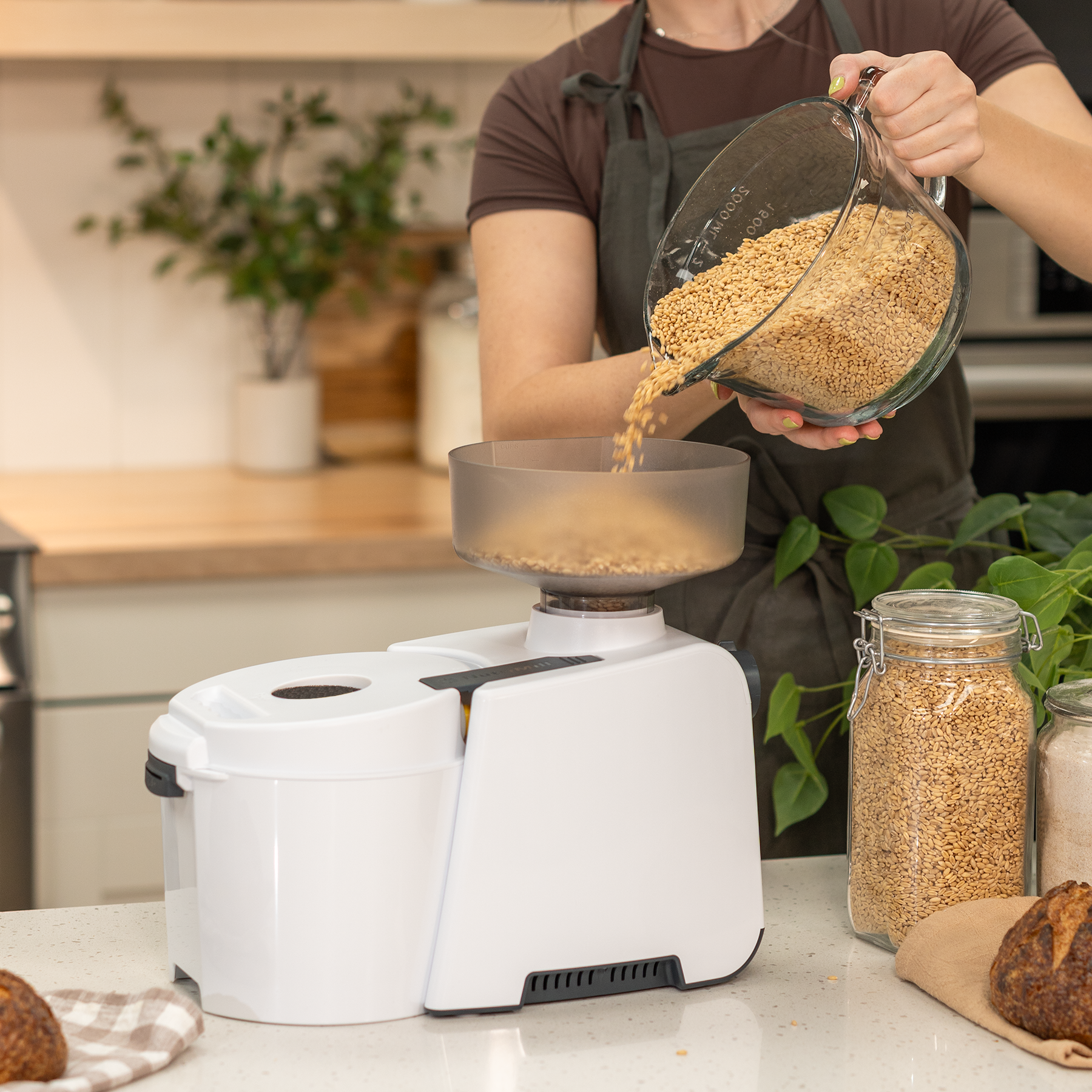
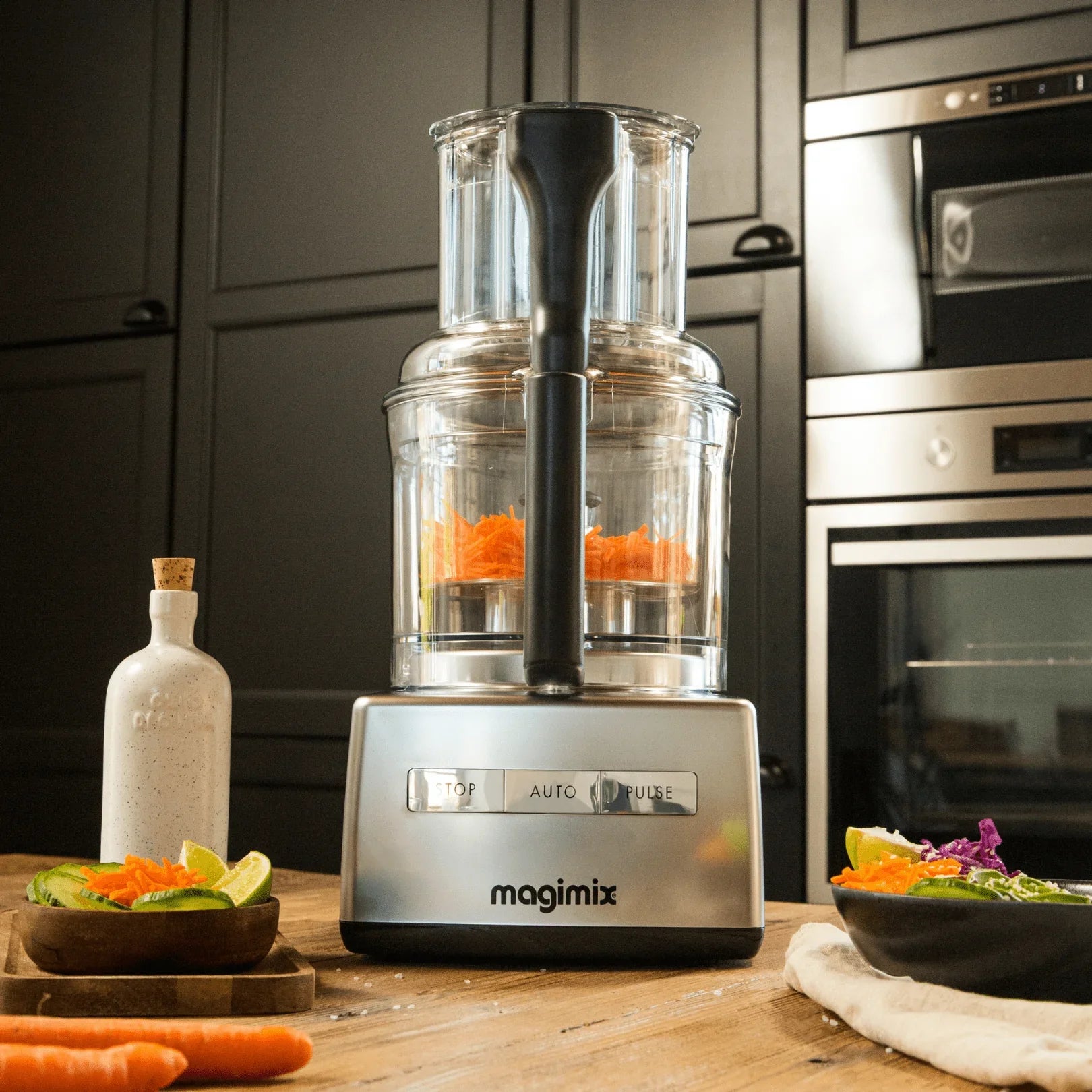
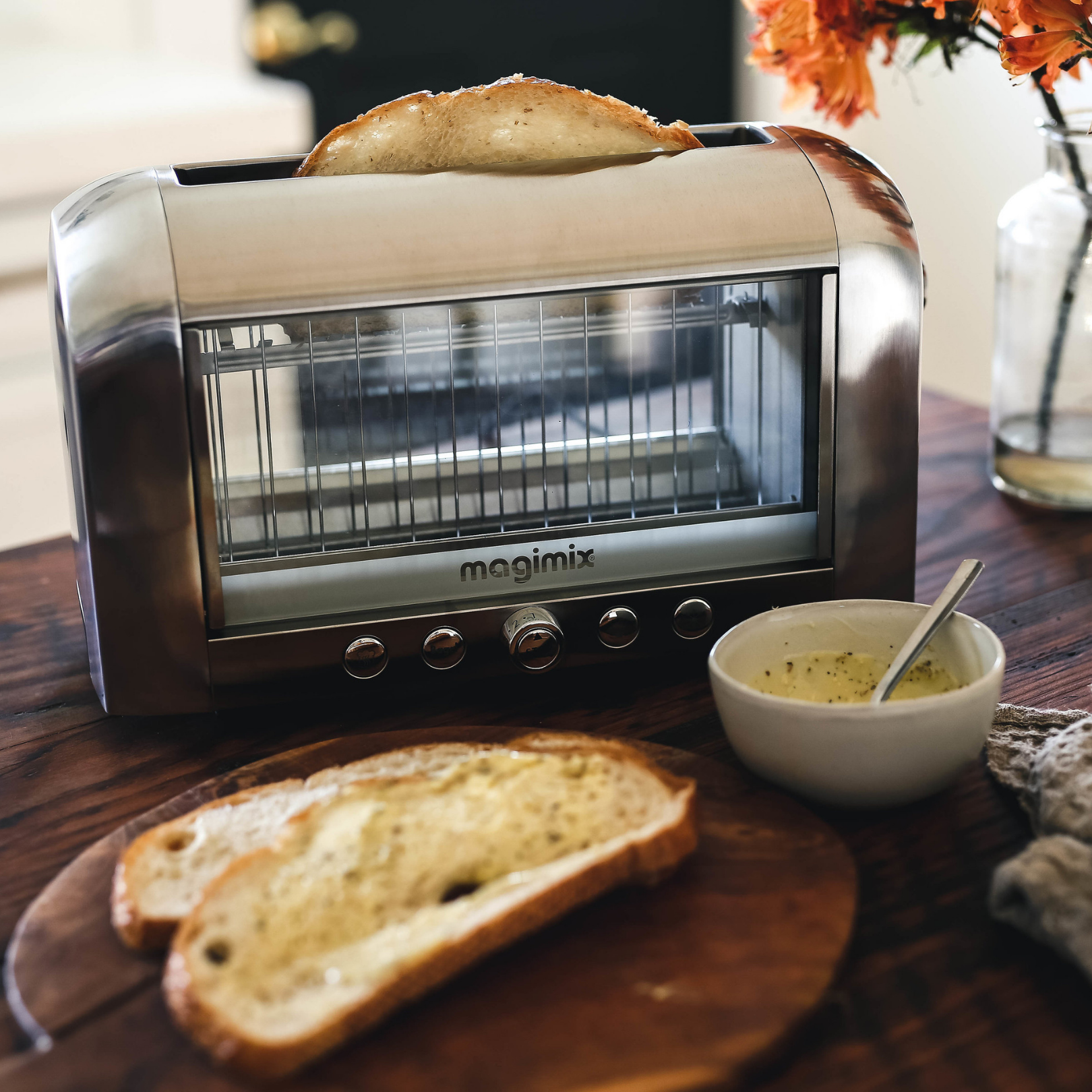
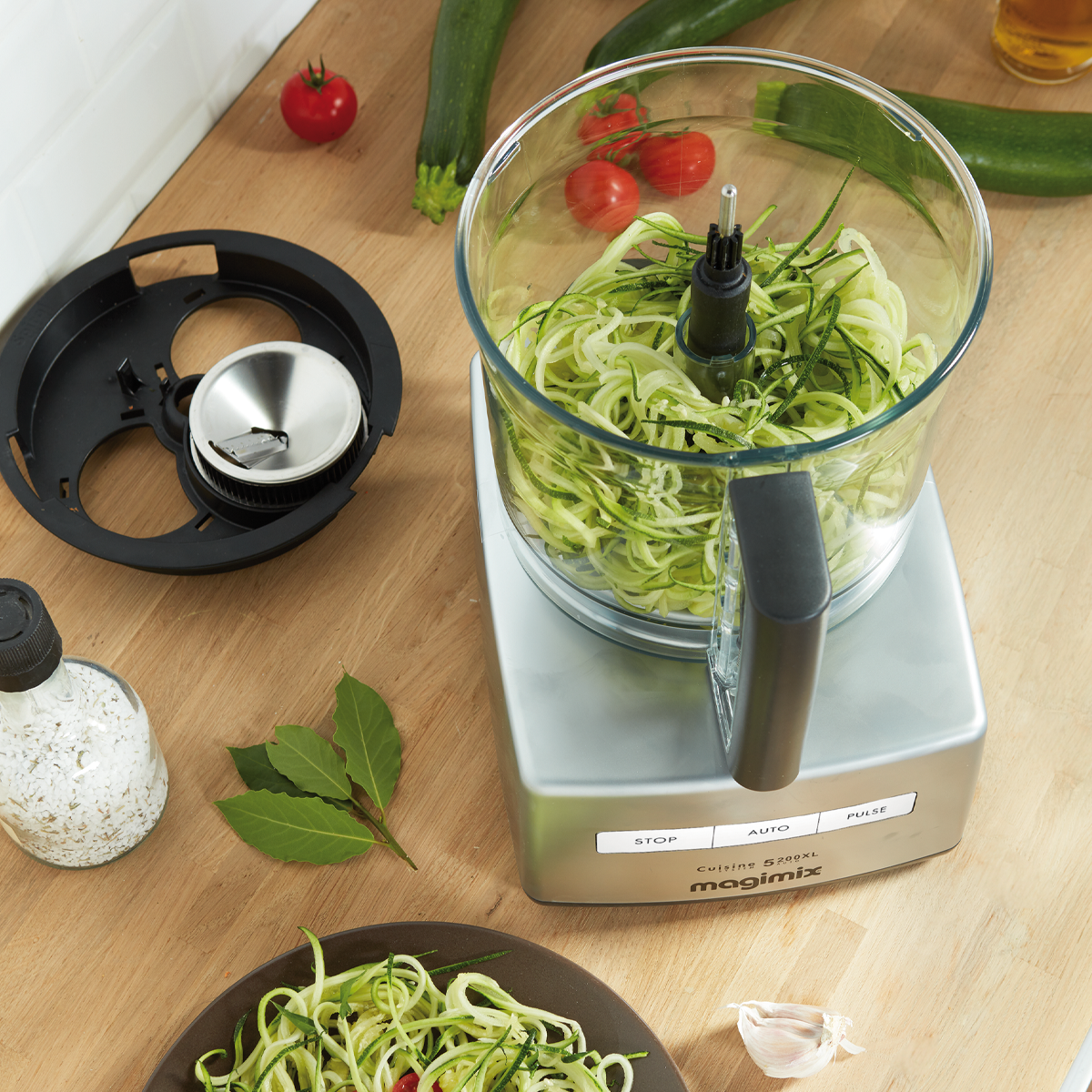
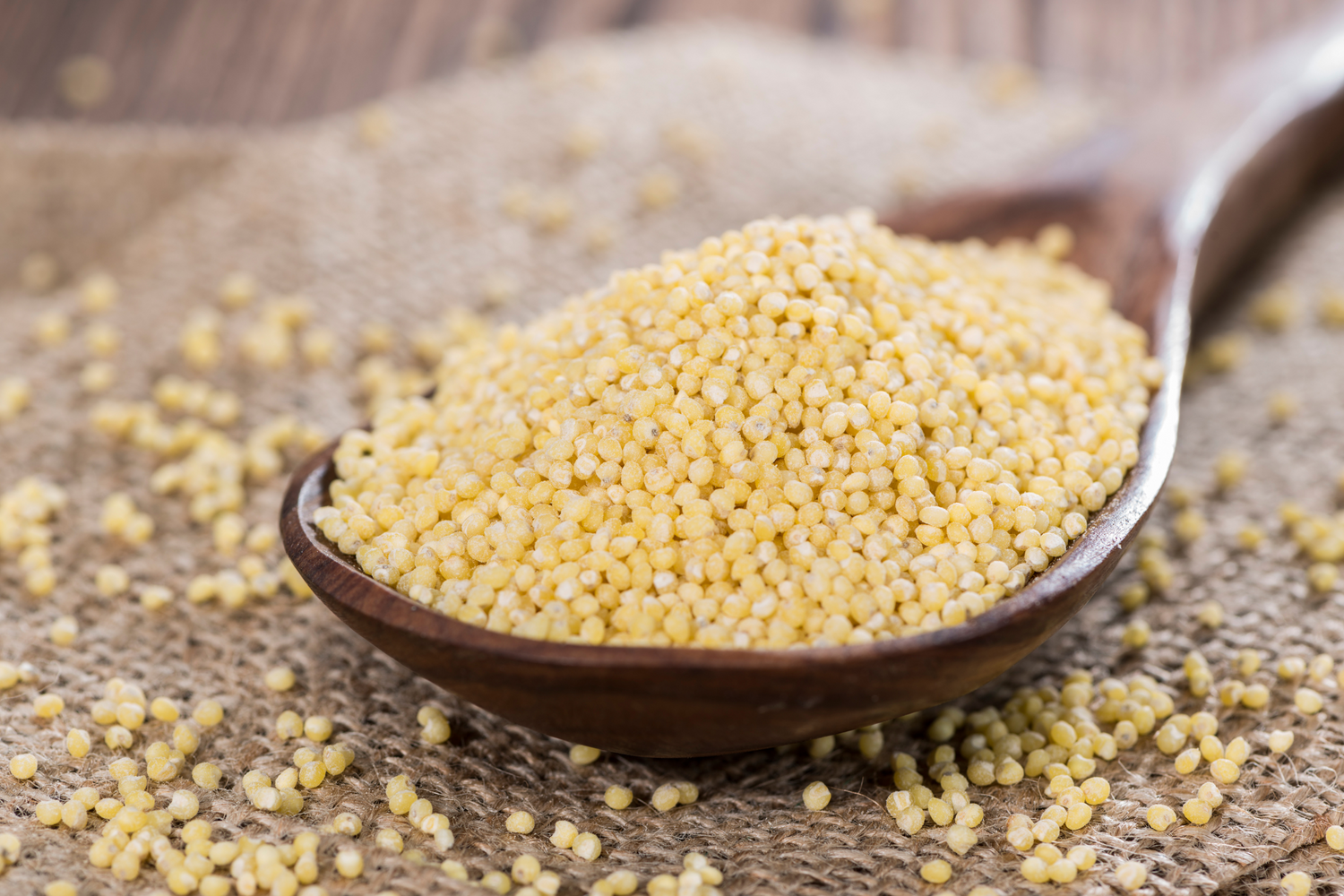
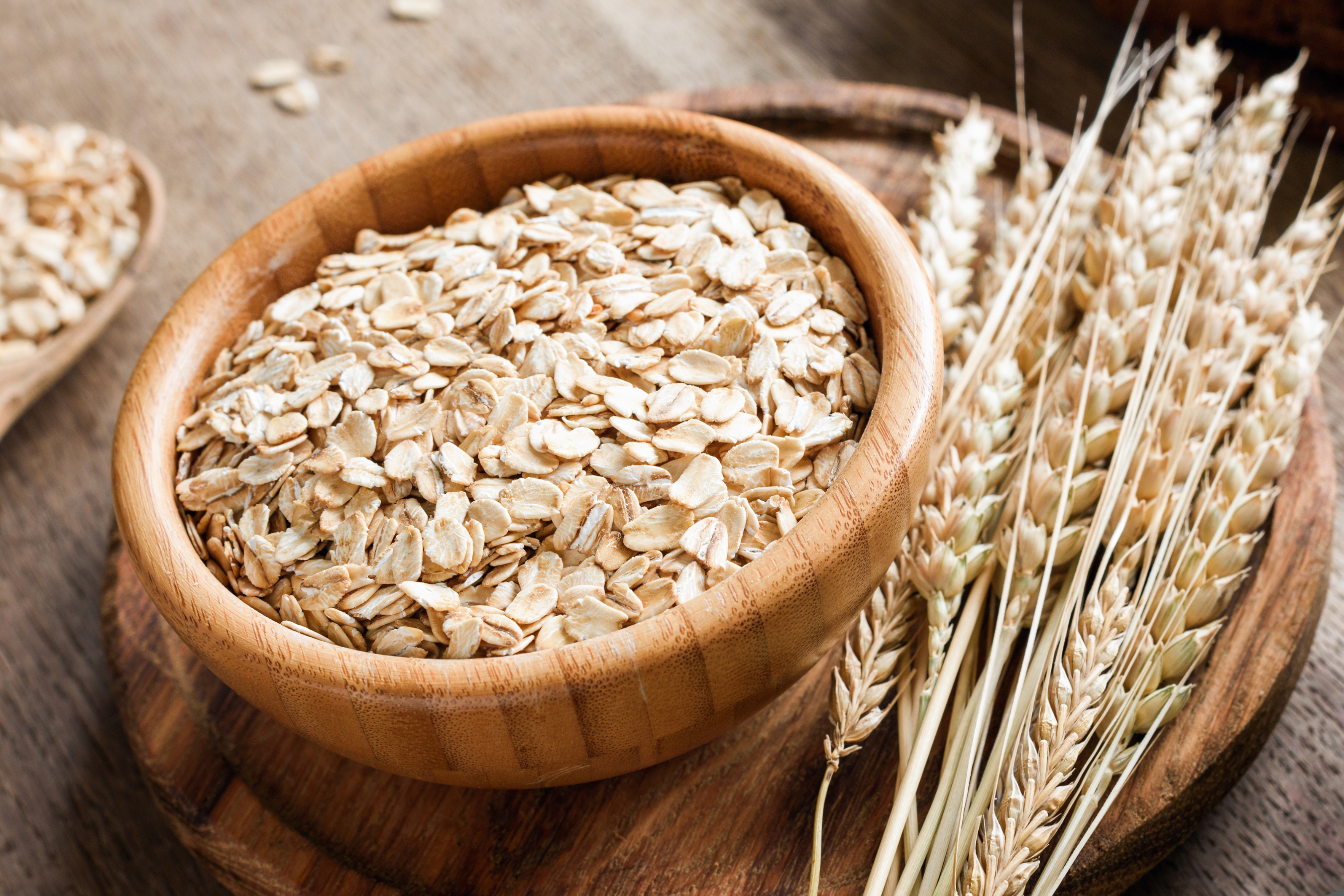

Leave a comment
All comments are moderated before being published.
This site is protected by hCaptcha and the hCaptcha Privacy Policy and Terms of Service apply.